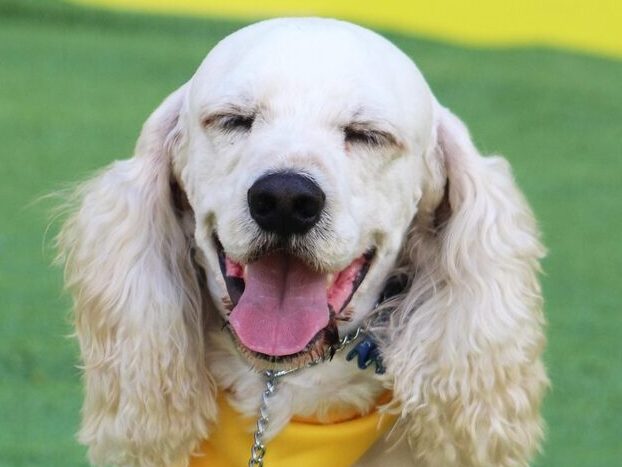How to Brush Your Dog’s Teeth the Right Way
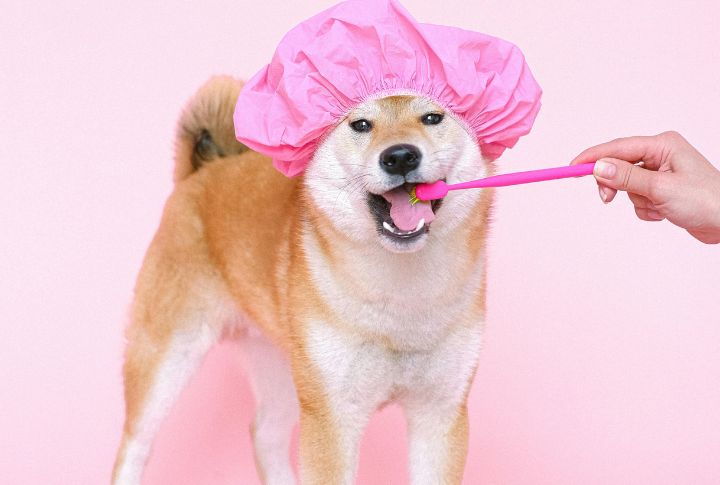
Caring for your dog’s teeth is as important as feeding them the right food or taking them for walks. Regular brushing prevents serious health issues like gum disease or infections. Brushing a dog’s teeth might sound like a hustle, but it’s easier. And on an unrelated note, your pup can even enjoy it! This step-by-step guide will help you keep your dog’s mouth clean and healthy for many happy, smiley years together.
Choose the Right Tools

You need a toothbrush and toothpaste specifically designed for dogs. This is because regular toothpaste contains ingredients that can harm animals, so always opt for a canine-friendly option. The brush should have soft bristles; finger brushes are often the easiest option for beginners.
Use Tasty Toothpaste
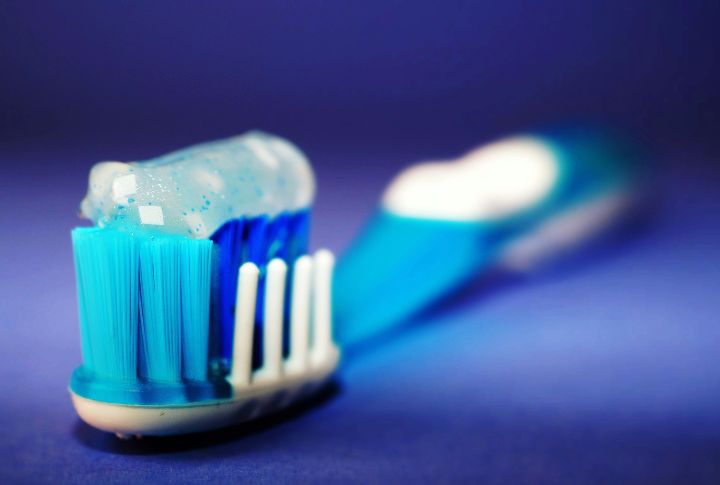
Dog-friendly toothpaste comes in flavors like chicken, beef, or peanut butter to make it more appealing to dogs. Let your dog lick a small amount from your finger before brushing, and they’ll associate the flavor with a treat. The process will be considerably easier if they enjoy the taste since they’ll be more cooperative.
Start With Short Sessions
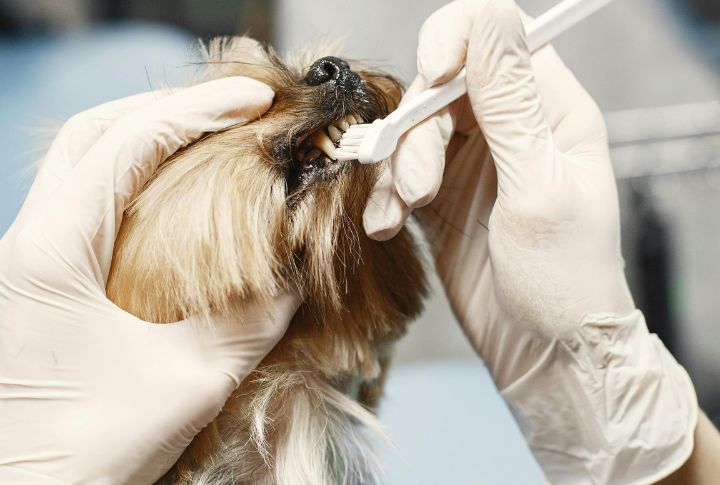
Don’t expect your dog to handle an entire session immediately. Begin with short, gentle attempts, even just brushing one or two teeth at a time. Let your dog sniff the brush and toothpaste, rewarding them for staying calm. Gradually increase the duration as they get more comfortable with the process.
Position Yourself Comfortably
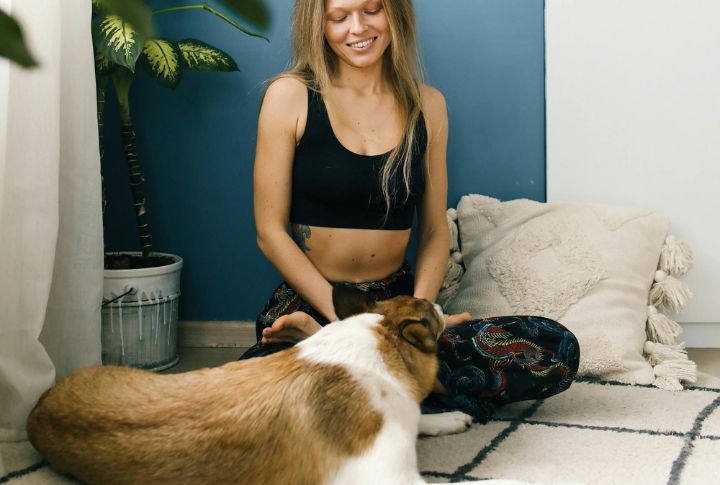
The way you position yourself can make a huge difference. Sit or kneel next to your dog rather than looming over them to avoid making them nervous. Some dogs may feel more secure on your lap or lying down. Being at their level helps build trust and makes the task less intimidating.
Focus on the Outer Surfaces
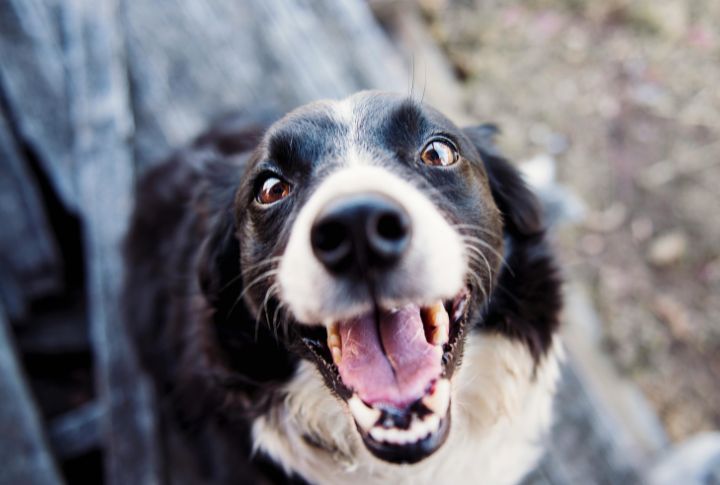
When brushing, concentrate on the outer surfaces of your dog’s teeth, where plaque and tartar build up most. The dog’s tongue usually cleans the inside surfaces, so prioritize what you can reach easily. Work in small circles along the gumline to remove more debris and keep the gums healthy.
Reward Your Dog After Every Session

Positive reinforcement will make your life much easier and help your dog to accept toothbrushing. After each session, offer them a special treat, lots of praise, or extra playtime. Rewarding helps them associate brushing with something fun. Keep the reward consistent so they know good behavior gets noticed.
Brush at the Right Time
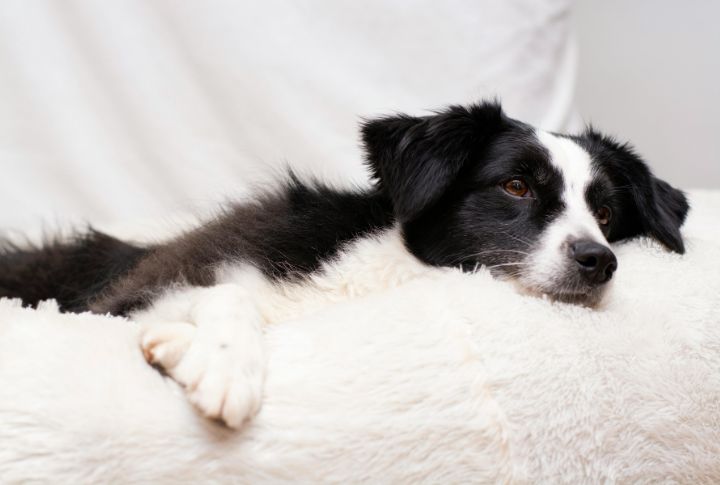
Brus your pup’s teeth after they have expended their energy levels after a walk or play session. Doing so when your dog is full of energy can make them more resistant. If you create a routine and brush their teeth at the same time every day, they’ll start to expect it.
Be Gentle Around the Gums
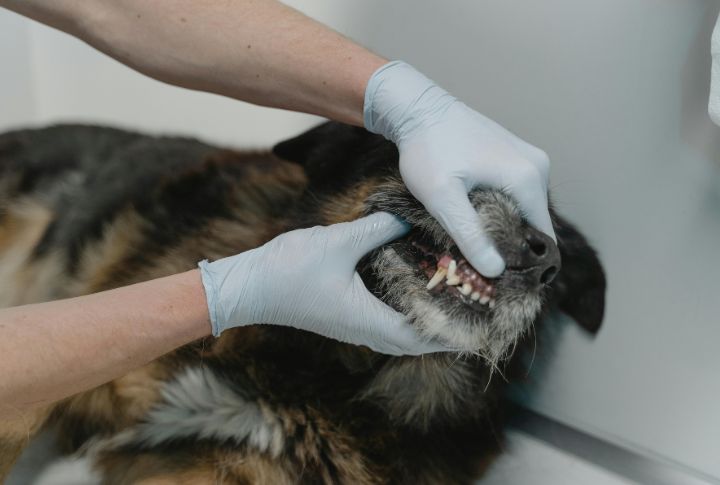
The gums are sensitive; be gentle when brushing around them. A vet visit is mandatory for red, swollen, or irritated gums. These could be signs of gum disease or that you’re applying too much pressure. Always keep the brushing light and slow to avoid causing any discomfort or pain.
Watch for Signs of Dental Problems
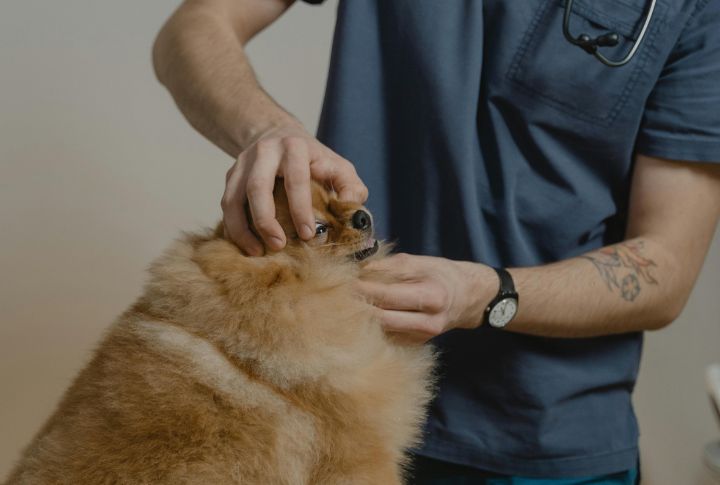
As you brush, look for signs of dental issues, such as foul breath, loose teeth, or excessive drooling. These could indicate health problems that require a vet’s attention. Regular brushing can help prevent many issues, and catching them early ensures your dog stays healthy.
Brush in a Calm Environment
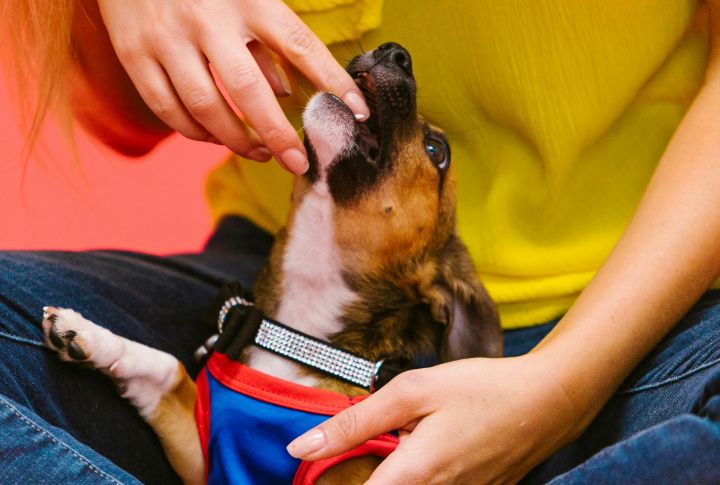
A quiet, stress-free environment is the secret to a successful toothbrushing session. Eliminate distractions like loud noises or other pets in the area. A peaceful environment helps your dog focus on the task and reduces anxiety around it. It also enables you to get the job done faster.
Be Consistent
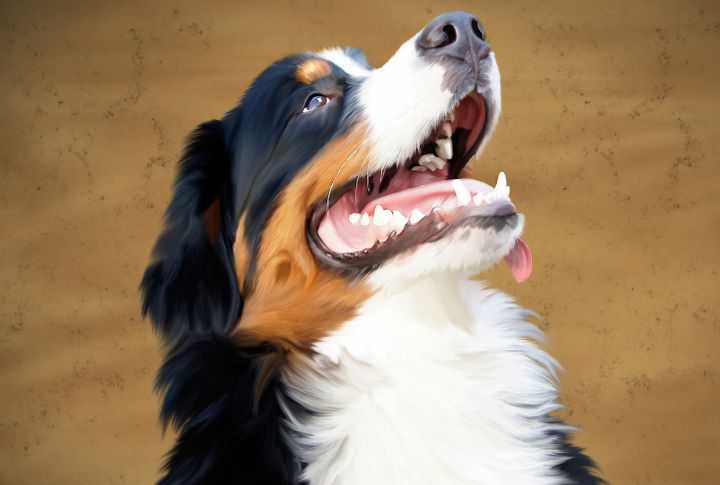
Similar to your dental care routine, do the same for your pup. Daily brushing is ideal but not always possible, so aim for at least a few times a week. Consistency keeps their teeth clean and helps them get used to the process, and the sessions will become easier over time.
Rotate Between Teeth
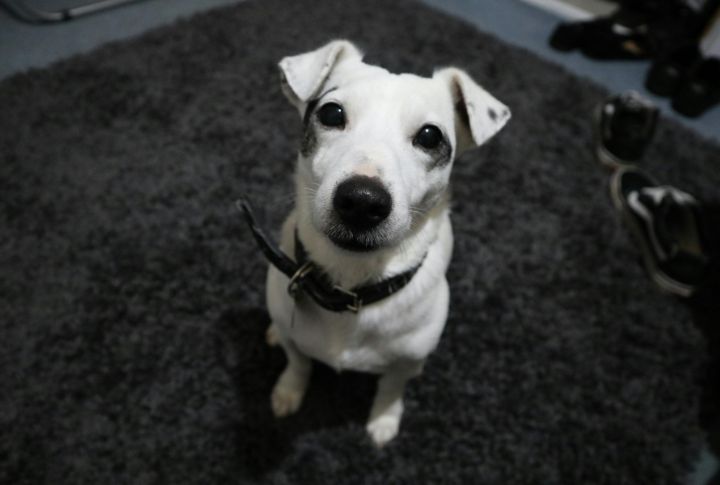
If your dog becomes impatient, don’t feel the need to brush every tooth in one sitting. You can alternate teeth, focusing on different sections of their mouth during each session. Keeping brushing sessions shorter can prevent your dog from becoming restless and ensure that their entire mouth gets proper attention over time.
Use Dental Chews for Extra Care
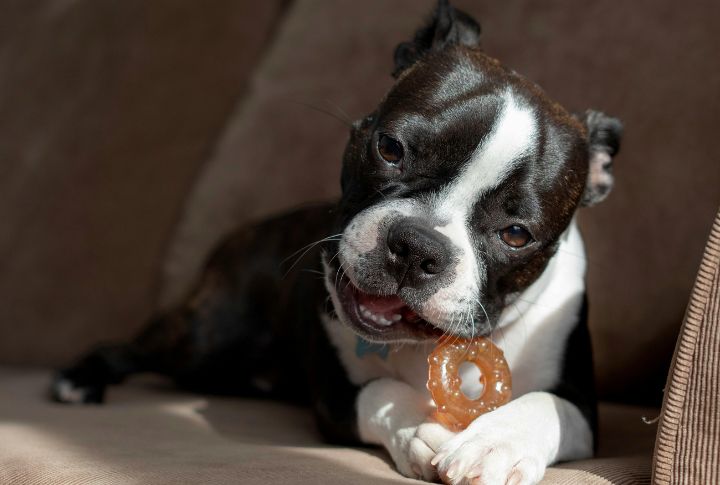
In addition to brushing, dental chews are a great tool to help maintain your dog’s oral health. These treats scrape plaque from teeth as your dog chews and provide an extra layer of defense against build-ups. Look for products approved by veterinarians.
Never Force Your Dog
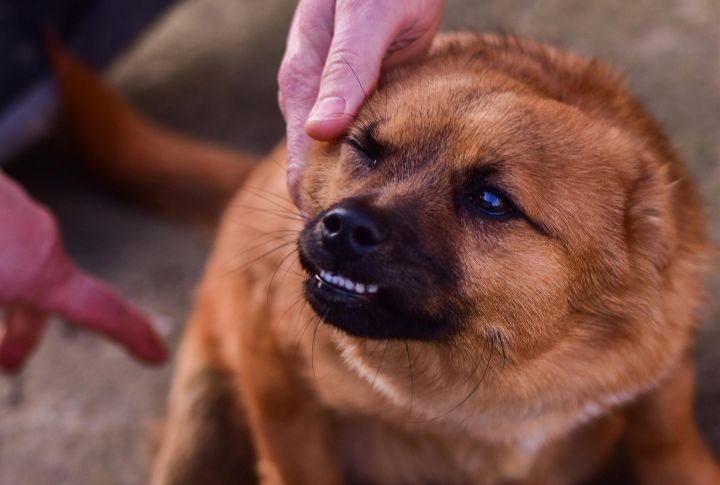
If your dog is new to toothbrushing and they resist it, don’t force it. Forcing it will just heighten the risk of you getting bitten and hurting your dog. Instead, if easing them into the exercise has proven futile, get a professional to help. A vet knows the tips and tricks to get it done and will even share some of that information with you.
Visit the Vet Regularly
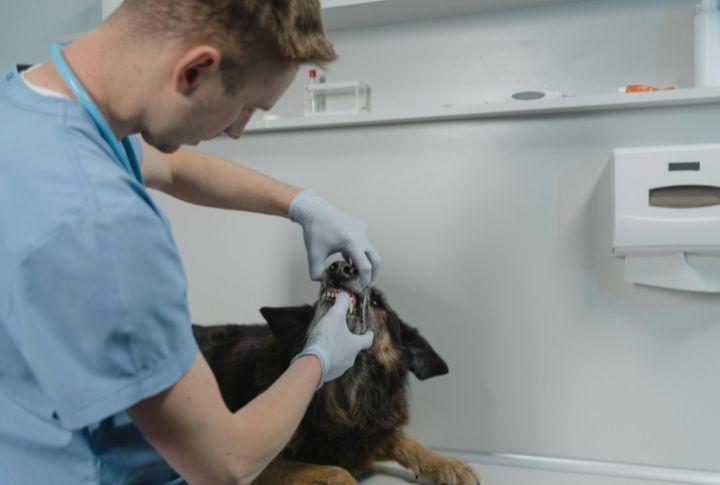
Routine dental checkups are indispensable, even if you brush your dog’s teeth at home. Your vet can provide professional cleanings and spot potential issues untrained eyes can’t. Regular vet visits and consistent home care ensure your dog’s teeth stay in top shape to prevent long-term health problems.

